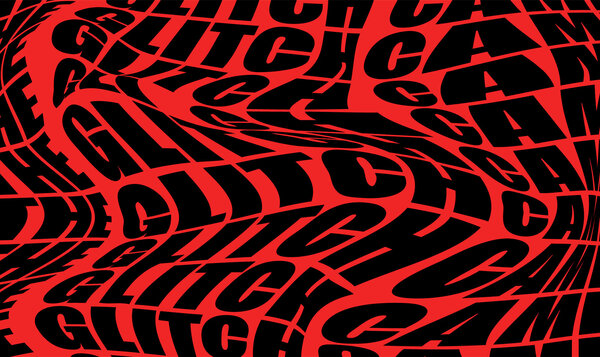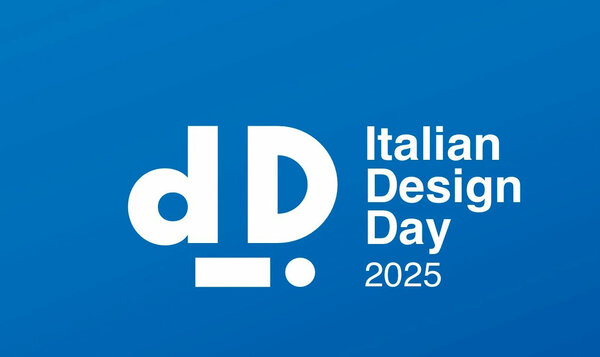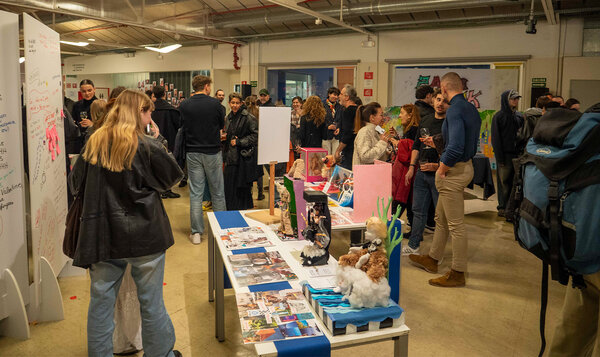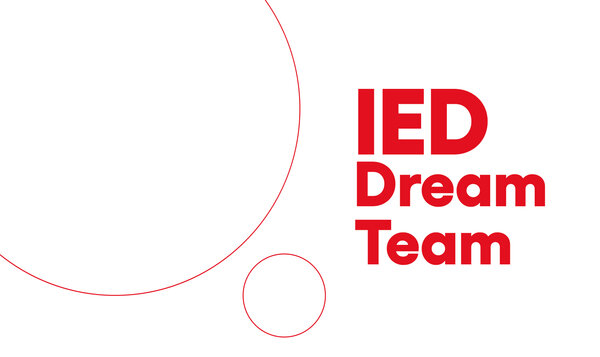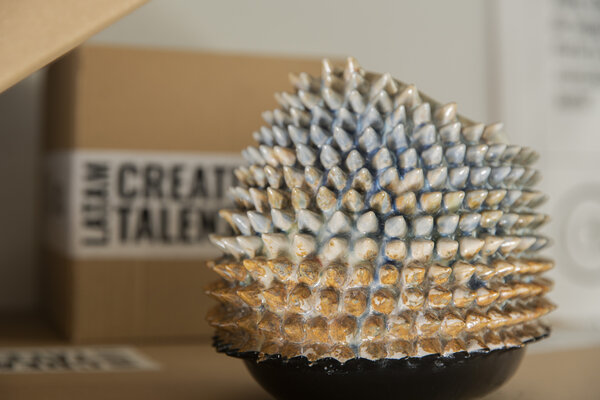A project focused on the current needs of cities and their citizens, the integration of technology and respect for the environment.

Stations of a near future: Experience within a Hyperloop station
Date
20 November 2020
First described in the 19th century by the British Inventor George Medhurst, the vacuum tube transport system has been implemented and even prototyped several times throughout history. In 2013, Elon Musk defined the Hyperloop system as “a mix between Concorde, a rail gun and an air-hockey table”.
What seemed to be a reference to supersonic trains from the genre of science-fiction is today an almost palpable reality that will revolutionise the future of transport. As with any new service, Hyperloop is not just a high-speed train with vacuum tubes, but a complete travel experience whose journey begins and ends at the stations. Yet, what will those environments be like?
This is the question the company Zeleros proposed to students from IED Barcelona’s Master in Design for Virtual Reality. Their response has come in the form of Stations of a near future, an immersive Virtual Reality (VR) proposal centred on the experience of a Hyperloop passenger, conceived from the moment they enter the station until they access the transport pod.
Responding to the brief of this company, which is dedicated to the development of Hyperloop transport technologies, four Master’s students have developed a project focused on the current needs of cities and their citizens, the integration of technology and respect for the environment.
The result is realistic simulations of four open and bright spaces that integrate vegetation, natural materials and multipurpose functionalities: an access area, a restaurant and commercial area, an open space/working space/meeting point, and an entertainment area.
The creative process began with an analysis of the space in 2D, continuing with the 3D modelling of objects and the parametric design of structures interconnected with the station’s interior, later proceeding with the optimisation and texturisation of all the elements of the 3D environment.
The next phase focused on the design of the passenger experience in VR, for which interaction programming and menu navigation were carried out.
Students:
Hoda Rawas - Service & Access area
Marilza Freire - Restaurant & Commercial
Perla Haddad - Open Space, Working & Meeting Point
Maya El Kaaki - Leisure & Entertainment





